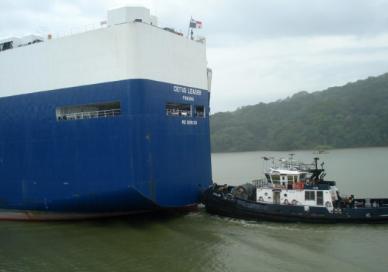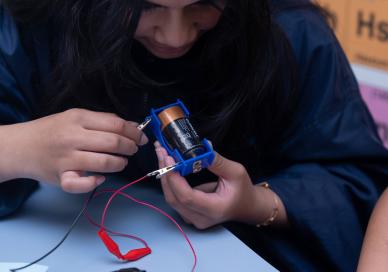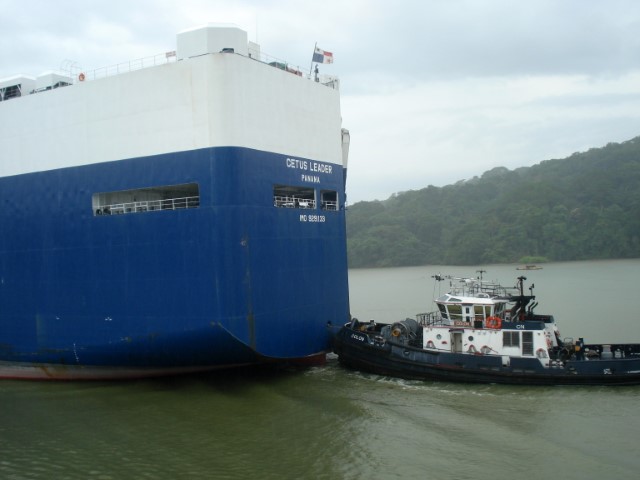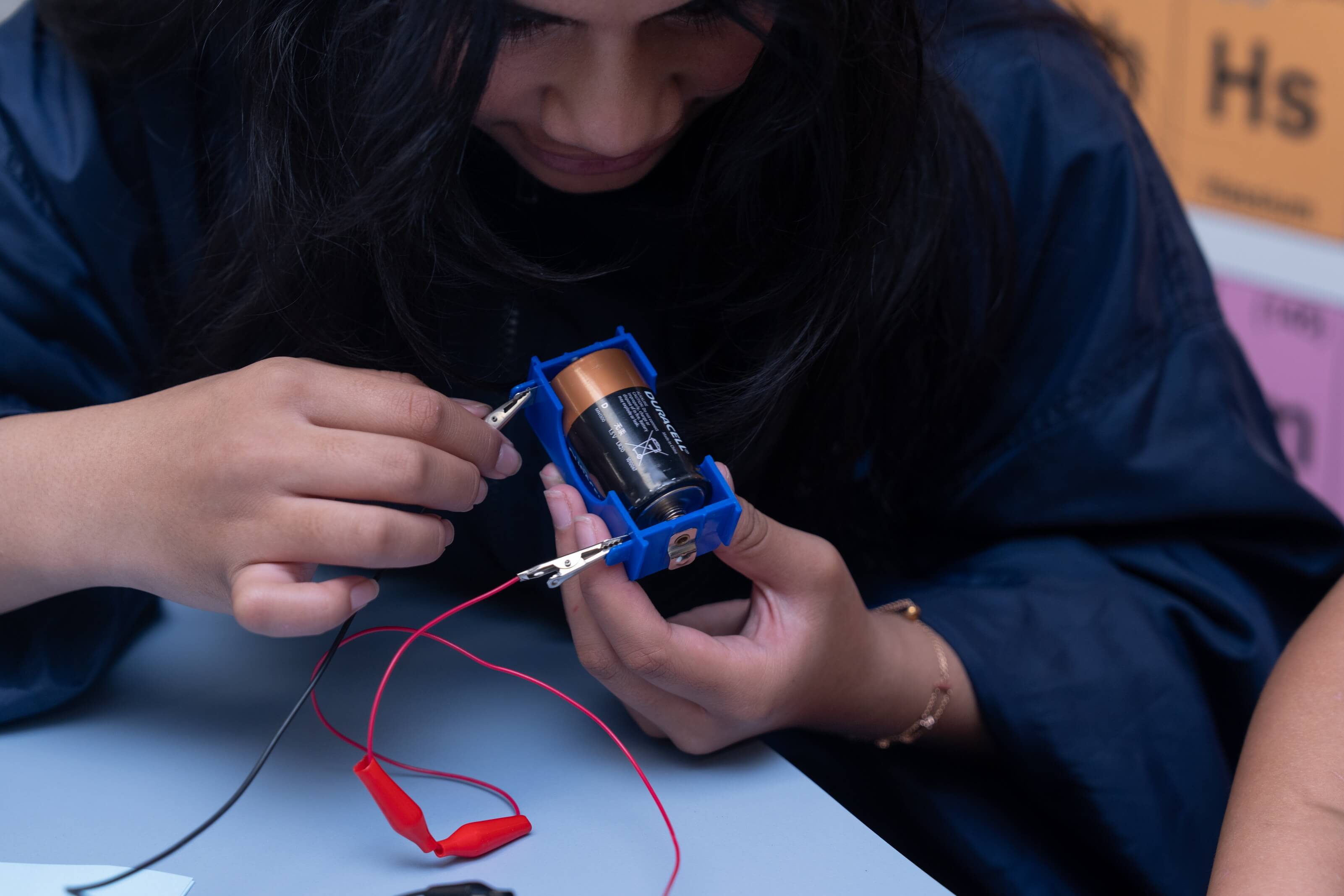This can be broken into two core concepts:
- Forces affect the motion and behaviour of objects.
- Energy can be transferred and transformed from one for to another and is conserved within systems.
More information on how the core concepts develop according to age and stage can be found on the Core science concepts page.



